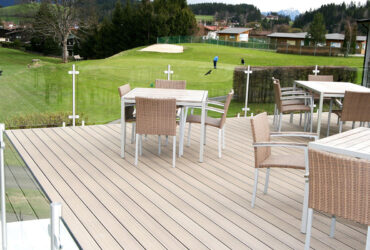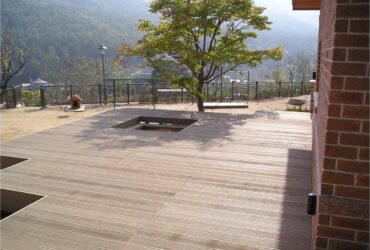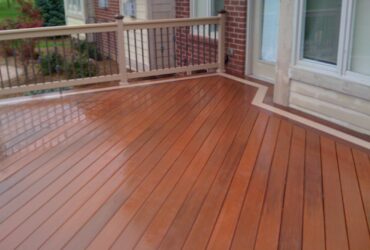Application of Coupling Agents in Waste Wood-plastic Composite Materials
In recent years, as global forest resources have become increasingly scarce, people have begun to limit the amount of wood used. However, with the improvement of people's living standards and housing conditions, the demand and requirements for wood materials have become higher and higher. How to develop a new material that can replace wood has become a hot topic in the field of materials research in recent years. The use of non-wood fiber-filled thermoplastic resins to develop wood-plastic products has attracted increasing attention.
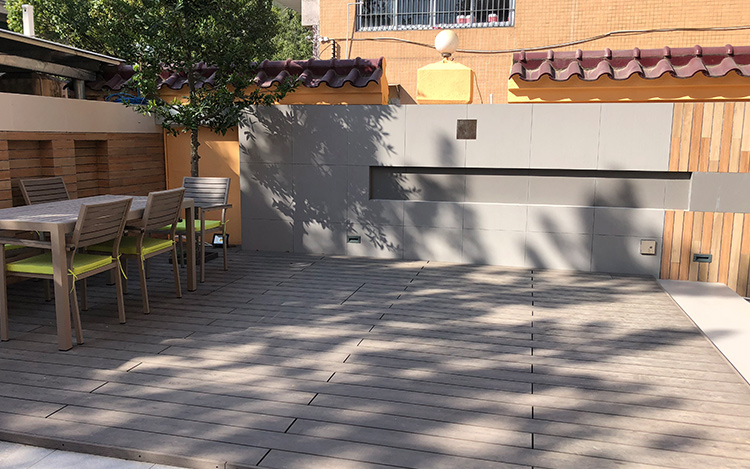
Effect of Silane Coupling Dosage on Composite Material Properties
It can be seen from the test results that as the amount of organosilane increases, the tensile strength of the composite material will increase significantly.When the organosilane content reaches 1%, the flexural strength and tensile strength both reach the maximum value, which are 32.93MPa and 18.44MPa respectively.The above results show that the silane coupling agent aqueous solution is extremely permeable and can penetrate all the gaps in the bagasse fiber.Thereby further infiltrating the entire surface of the plant fiber, allowing the coupling agent to maintain good contact with the surface of the plant fiber;The alkoxy groups in organosilanes are hydrolyzed to form silanol. In this way, the silanol can interact with the hydroxyl groups in the bagasse fiber, reducing the water absorption of the fiber and reducing the polarity of the fiber.In addition, the vinyl groups in organosilane can interact with polyethylene to form connection points and couple with the polymer to form a network, which reduces the expansion of the fiber.In this way, the bonding strength between bagasse fiber and polyethylene can be effectively improved, thereby improving the strength of the composite material.
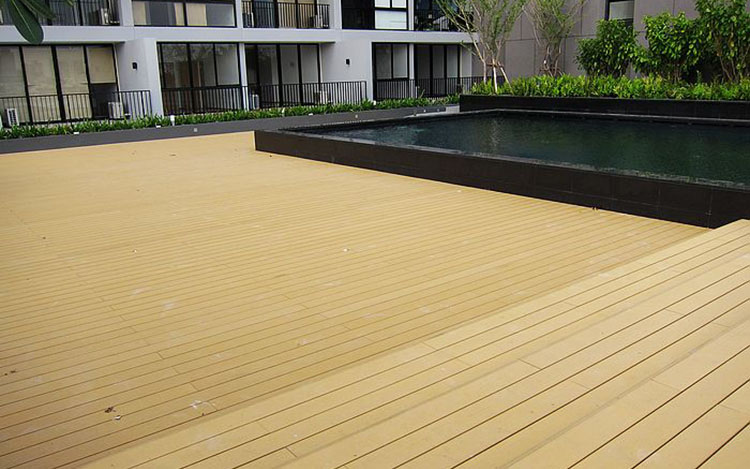
Effect of silane coupling agent treatment on water absorption and strength after water absorption of composite materials
The water absorption of the composite material treated with the silane coupling agent showed an upward trend as the content of the coupling agent increased, but the increase was very small. It can be seen that the silane coupling agent has little effect on the water absorption performance of the bagasse fiber.However, after the water absorption test, its strength has been greatly improved. It can also be seen that the difference in flexural strength of the composite material before and after water absorption and the magnitude of the change are visible.When the silane coupling agent content is 0.5%, its strength increases the most, which is 10.81%.The reason may be that the silane coupling agent coming out of the interface was not completely hydrolyzed into silanol during treatment.During the water absorption experiment, it was hydrolyzed and silanol was produced again. The newly produced silanol can interact with the hydroxyl groups in the bagasse fiber to make the fiber and the matrix more closely combined, so the strength is improved. The fibers in the composite material are evenly distributed and agglomeration is not easy to occur. There is no channel for moisture to enter the interior of the material. From this aspect, the water absorption test will not damage the internal structure of the material. Finally, the fiber absorbs water and expands, increasing the mechanical hinge effect, which may also be the reason for the increase in material strength.

